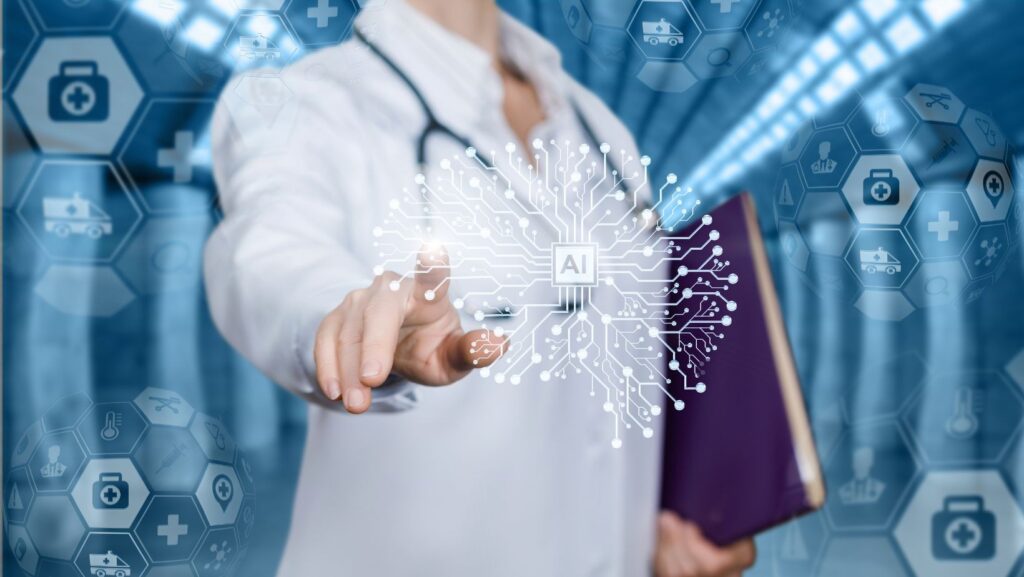Artificial Intelligence Pictures
As a seasoned blogger, I’ve delved into the fascinating world of artificial intelligence pictures. From generating stunning artwork to revolutionizing image editing, AI’s impact on visual content creation is truly remarkable. In this article, I’ll uncover the magic behind AI-powered pictures and explore how this innovative technology is reshaping the way we perceive and interact with images.
Artificial intelligence pictures have unlocked a realm of endless possibilities in the realm of visual arts. With AI algorithms capable of creating intricate designs and realistic renderings, the boundaries of creativity are constantly being pushed. Join me on this exploration of AI pictures as we unravel the secrets behind these mesmerizing digital creations and discover the potential they hold for the future of art and design.
Basics of Artificial Intelligence
Definition of Artificial Intelligence
Artificial Intelligence, or AI, refers to the simulation of human intelligence processes by machines, especially computer systems. It involves tasks such as learning, reasoning, and self-correction. AI technologies aim to mimic cognitive functions like problem-solving and decision-making.
- Narrow AI (Weak AI): Designed for a specific task, such as Apple’s Siri or Amazon’s Alexa.
- General AI (Strong AI): Capable of understanding, learning, and applying knowledge across different domains.
- Artificial Superintelligence: Hypothetical AI surpassing human intelligence in all aspects.

The Role of Artificial Intelligence in Pictures
AI in Image Recognition
When it comes to AI in Image Recognition, it’s fascinating to see how machines can identify objects, people, places, and even emotions in an image. The algorithm’s ability to analyze vast amounts of visual data in milliseconds is revolutionizing industries like healthcare, security, and marketing.
AI in Photo Editing
AI in Photo Editing has changed the game for photographers and amateurs alike. From automatic color correction to removing unwanted objects, AI tools like Adobe Sensei and Pixlr are making editing workflows faster and more efficient. The precise adjustments and intelligent suggestions save time and enhance the overall quality of images.
AI in Art Creation
AI in Art Creation has sparked debates about what constitutes creativity. Machine learning models can now generate paintings, poems, and music compositions that rival those produced by humans. The blend of algorithms and artistic expression is reshaping the way we perceive and appreciate art, challenging traditional notions of authorship and originality.
I utilize AI-driven solutions on a daily basis to streamline my work processes and elevate the visual content I create.
Advantages of Using AI in Pictures
Enhanced Efficiency
AI streamlines processes by quickly analyzing and categorizing vast amounts of images.
AI tools can automate repetitive tasks and workflows, saving time and increasing productivity.
By recognizing patterns and structures, AI accelerates image editing and processing tasks efficiently.
Improved Accuracy
AI algorithms possess a high level of precision in object identification and image enhancement.
Machine learning enables AI to learn from data, enhancing accuracy over time.
AI-driven image recognition removes human error, ensuring consistently accurate results.
Creative Possibilities
AI unlocks new avenues for artistic expression through innovative tools and features.
Generative adversarial networks (GANs) enable AI to create original art and designs.
Collaborating with AI in picture creation can inspire fresh and unique visual concepts.

Challenges of Implementing AI in Pictures
Privacy Concerns
When utilizing AI in pictures, Privacy Concerns may arise due to the potential of unauthorized access to personal or sensitive information embedded in images. It’s crucial to address data security and privacy measures to safeguard user’s privacy rights.
Ethical Issues
Ethical considerations must be taken into account when implementing AI in pictures. Issues such as bias in algorithms, manipulation of images, or misuse of AI-generated content need to be carefully monitored to ensure ethical standards are upheld throughout the process.
Technical Limitations
Implementing AI in pictures can face Technical Limitations such as processing power constraints, compatibility issues with existing systems, or algorithmic challenges. Overcoming these limitations requires continuous innovation and advancement in AI technology to optimize picture-related tasks efficiently.

